Work-Life Balance: Key Steps for a Happier, Healthier Workforce
Work-life balance for employees is extremely important in today’s fast-paced world.
Striking the right equilibrium between professional responsibilities and personal life can lead to increased job satisfaction, improved mental wellbeing, and a more productive workforce.
As a wellbeing speaker, I’ve witnessed the transformative power of a balanced work-life firsthand.
In this article, we’ll explore the significance of this balance, and its benefits for both employees and employers.
I’ll provide actionable steps to work towards achieving work-life balance.
Whether you’re an individual seeking balance or an employer aiming to cultivate it within your team, this guide offers insights and strategies to help you on your journey.
Contents
The Importance of Work-Life Balance for Employees
The Benefits of Work-Life Balance for Employees
The Benefits of Work-Life Balance for Employers
Signs of Poor Work-Life Balance
11 Key Steps to Achieve Work-Life Balance
How Employers Can Create a Healthy Work-Life Balance for Employees
The Role of Management in Promoting Work-Life Balance
Tools and Resources to Support Work-Life Balance
The Importance of Work-Life Balance for Employees
Work-life balance for employees is more than just a desirable state.
It’s a fundamental aspect of overall wellbeing.
In an era where technology blurs the lines between work and personal time, maintaining this balance becomes both a challenge and a necessity.
Here’s why it’s so pivotal:
Mental and Physical Health
Continuous work without adequate breaks or personal time can lead to stress, burnout, and even physical health issues.
A balanced work-life ensures that employees have time to relax, rejuvenate, and engage in activities that they love, leading to better mental and physical health.

Job Satisfaction
Employees who feel they have a good work-life balance are more likely to be satisfied with their jobs.
This satisfaction isn’t just about the work they do.
It’s also about the environment that allows them the flexibility and understanding to manage both their professional and personal lives.
Reduced Turnover
High levels of stress and burnout can lead employees to look for other job opportunities.
By ensuring a balanced work-life, companies can retain their talent, reducing the costs and disruptions associated with high turnover rates.
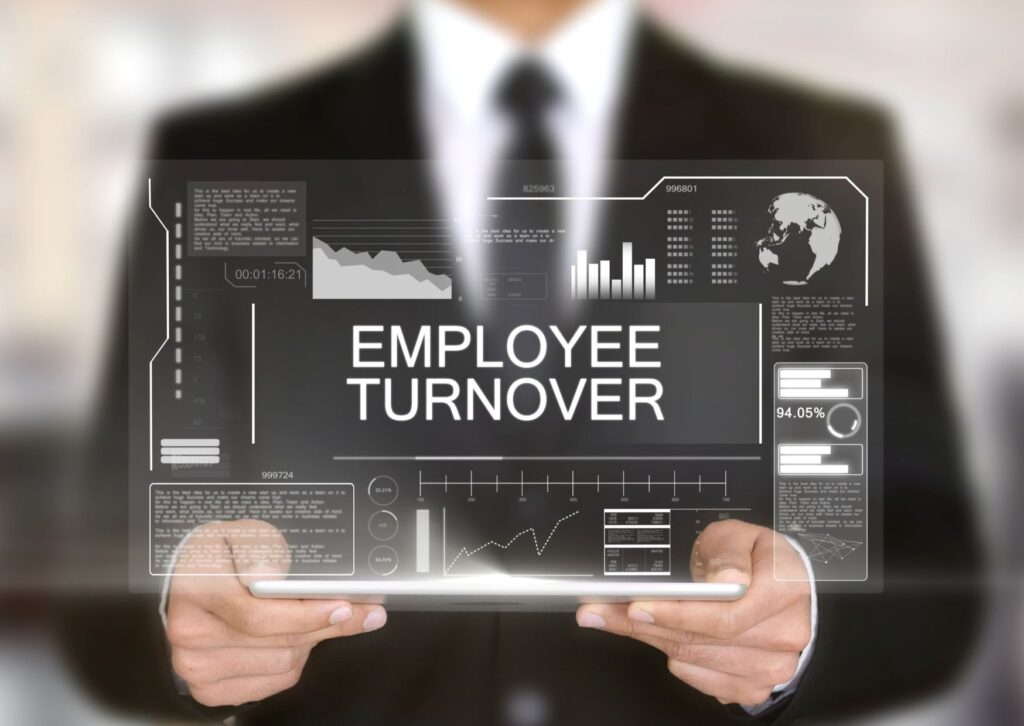
Increased Productivity
Contrary to the belief that longer hours mean more work done, a balanced work-life can lead to increased productivity.
When employees are well-rested and stress-free, they can focus better, make fewer mistakes, and bring more creativity to the table.
Personal Growth
A balanced work-life gives employees the time and energy to pursue personal interests, hobbies, and educational opportunities.
This personal growth often translates to professional growth as employees bring new skills, perspectives, and enthusiasm to their roles.
In essence, work-life balance is not just about clocking off on time.
It’s about creating an environment where employees can thrive both in their professional roles and in their personal lives.
As we move forward, this balance will not just be a luxury but a vital step of a holistic approach to employee wellbeing.
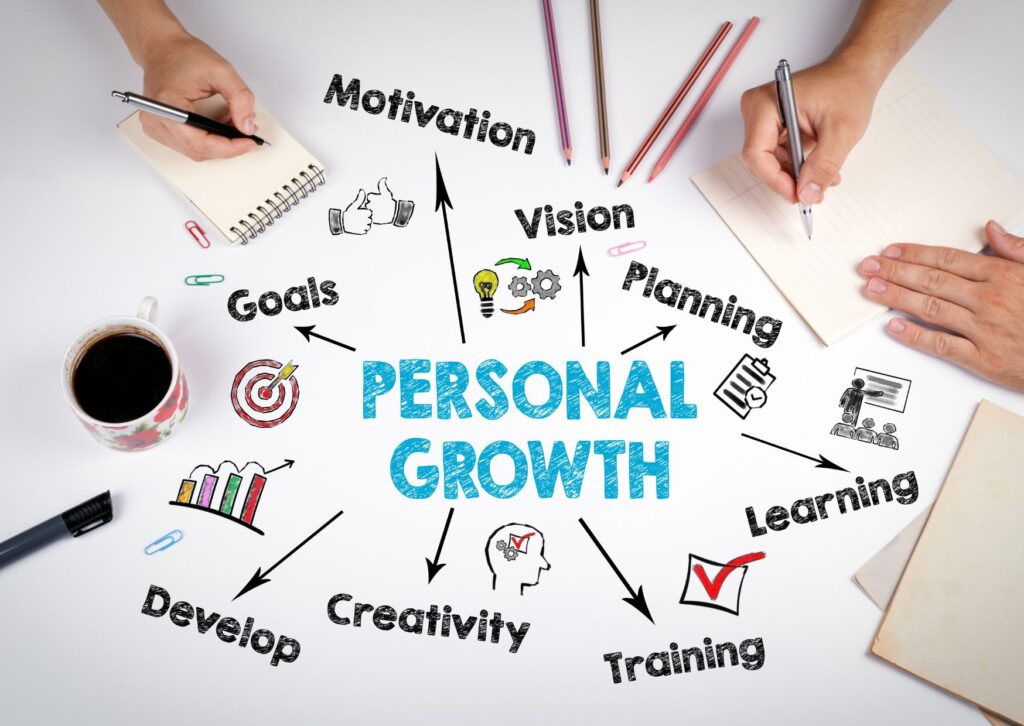
The Benefits of Work-Life Balance for Employees
For employees, achieving a harmonious work-life balance isn’t just about preventing burnout or ensuring they have time for personal pursuits.
It’s about cultivating a holistic approach to life where both professional and personal spheres complement and enrich each other.
Here are some of the tangible and intangible benefits employees reap from a balanced work-life:
Enhanced Mental Wellbeing
A balanced work-life allows employees to disconnect, de-stress, and recharge.
This leads to reduced anxiety, lower levels of stress, and a more positive outlook on life.

Better Physical Health
With time for recreational activities, exercise, and rest, employees can maintain better physical health, reducing the risk of chronic diseases and boosting immunity.
Improved Relationships
When work doesn’t consume every waking hour, employees can invest quality time in relationships, be it with family, friends, or partners.
This strengthens social bonds and provides a support system outside of work.
Greater Job Satisfaction
Feeling valued and having the autonomy to manage one’s time leads to a greater sense of job satisfaction.
This not only boosts morale but also fosters a sense of loyalty to the organisation.
Increased Motivation and Engagement
With reduced burnout and stress, employees often find themselves more motivated and engaged in their roles.
They’re more likely to take initiatives, contribute ideas, and be proactive in their tasks.

Personal Development
A balanced life provides the space for personal growth and development.
Whether it’s picking up a new hobby, learning a new skill, or simply having the time for introspection, personal development often translates into professional enrichment.
Flexibility and Adaptability
Employees who have achieved a work-life balance often develop a knack for managing their time efficiently.
This makes them more flexible and adaptable, qualities that are invaluable in the ever-evolving professional landscape.
In summary, a work-life balance offers employees a richer, more fulfilling life experience.
It’s not just about clocking hours but about ensuring that those hours are productive, meaningful, and balanced with the joys and responsibilities of personal life.

The Benefits of Work-Life Balance for Employers
While the advantages of work-life balance for employees are evident, employers too stand to gain significantly from fostering such an environment.
Recognising and promoting a balanced work-life not only enhances the company’s reputation but also impacts the bottom line in various ways.
Here’s how employers benefit:
Reduced Employee Turnover
Employees who experience a good work-life balance are less likely to seek opportunities elsewhere.
This means lower recruitment costs, reduced training expenses, and retention of institutional knowledge.
Higher Productivity
Well-rested and contented employees tend to be more focused and efficient.
They bring a higher level of energy and creativity to their tasks, leading to better outcomes in shorter time frames.

Enhanced Company Reputation
Organisations that prioritise work-life balance are viewed more favourably, making them attractive to top talent.
This positive reputation can also translate to customer trust and brand loyalty.
Lower Absenteeism
Employees with a balanced work-life are generally healthier and less stressed, leading to fewer sick days and unexpected absences.
Increased Employee Engagement
When employees feel their personal lives are valued, they are more likely to be engaged and committed to the company’s vision and goals.

Innovation and Creativity Boost
Employees with diverse experiences and personal interests often bring fresh perspectives and ideas to the table, fostering an environment of innovation.
Better Decision Making
Reduced stress and burnout mean employees are in a better mental state to make critical decisions, reducing errors and enhancing the quality of work.
Enhanced Team Morale
A company culture that promotes work-life balance often sees higher team morale, leading to better collaboration, communication, and overall team dynamics.
Future-Proofing the Organisation
As newer generations enter the workforce, the emphasis on work-life balance is only set to increase.
Organisations that prioritise this now will be better positioned to attract and retain future talent.
In essence, while the immediate benefits of work-life balance might seem employee-centric, the long-term advantages for employers are profound.
By fostering a culture that values both work and personal life, employers create a sustainable, productive, and harmonious work environment that benefits all stakeholders.

Signs of Poor Work-Life Balance
Recognising the symptoms of an imbalanced work-life is the first step towards addressing and rectifying the issue.
Both employees and employers should be vigilant about these signs, as they can have cascading effects on an individual’s wellbeing and the overall health of an organisation.
Here are some signs of poor work-life balance:
Constant Fatigue
Feeling perpetually tired, even after a full night’s sleep, can indicate an imbalance.
This fatigue isn’t just physical but can also be mental or emotional.

Increased Illness
A compromised immune system due to continuous stress and lack of rest can lead to frequent colds, infections, or other health issues.
Declining Job Performance
Missing deadlines, making more mistakes than usual, or a drop in the quality of work can be indicative of burnout stemming from poor work-life balance.
Social Withdrawal
If an employee starts to isolate themselves, skipping social events or team lunches, it might be a sign that work is overwhelming their personal life.

Changes in Mood
Irritability, short temper, or unexplained mood swings can be a result of the continuous stress of juggling work and personal responsibilities.
Neglecting Personal Responsibilities
Missing personal commitments, forgetting family events, or being unable to manage household tasks can indicate an overemphasis on work.
Lack of Personal Time
If there’s no time in the day for personal pursuits, hobbies, or even just relaxation, it’s a clear sign of imbalance.
Sleep Disturbances
Difficulty falling asleep, frequent night awakenings, or even oversleeping can be linked to high stress and poor work-life balance.

Increased Reliance on Stimulants
Overconsumption of caffeine, alcohol, or even certain medications to manage work stress or to relax indicates an underlying issue.
Feelings of Guilt
Constantly feeling guilty about neglecting work when attending to personal matters, or vice versa, is a red flag.
Addressing these signs early on is crucial.
Left unchecked, poor work-life balance can lead to severe burnout, chronic health issues, and a decline in overall quality of life.
Both employees and employers have a role to play in ensuring that the scales of work and life remain balanced.

11 Key Steps to Achieve Work-Life Balance
Achieving a harmonious work-life balance may seem challenging, especially in a world where the boundaries between work and personal life often blur.
However, with intentional actions and a proactive approach, it’s entirely possible.
Here are some key steps to guide you towards a more balanced life:
1. Set Clear Boundaries
Define your work hours and stick to them.
Avoid checking work emails or taking calls outside of these hours. Similarly, minimize personal interruptions during work hours.

2. Prioritise Tasks
Understand what’s urgent and what’s important.
Not everything that seems urgent is crucial.
Prioritise tasks based on their significance and deadlines.
3. Learn to Say No
It’s essential to understand your limits.
If you’re overwhelmed with tasks or commitments, it’s okay to decline additional responsibilities or ask for an extension.

4. Take Regular Breaks
Short breaks during the workday can boost productivity and reduce stress.
Step away from your desk, stretch, take a walk, or practice deep breathing exercises.
5. Schedule Personal Time
Just as you schedule meetings or work tasks, block out time for personal activities.
Whether it’s reading, exercising, or spending time with loved ones, ensure you have dedicated personal time.
6. Use Technology Wisely
While technology can be a boon, it can also blur the lines between work and personal life.
Use apps to manage your time, set reminders for breaks, and ensure you have ‘do not disturb’ periods.

7. Seek Flexibility
If possible, discuss flexible work arrangements with your employer.
This could be in the form of remote work, flexible hours, or compressed workweeks.
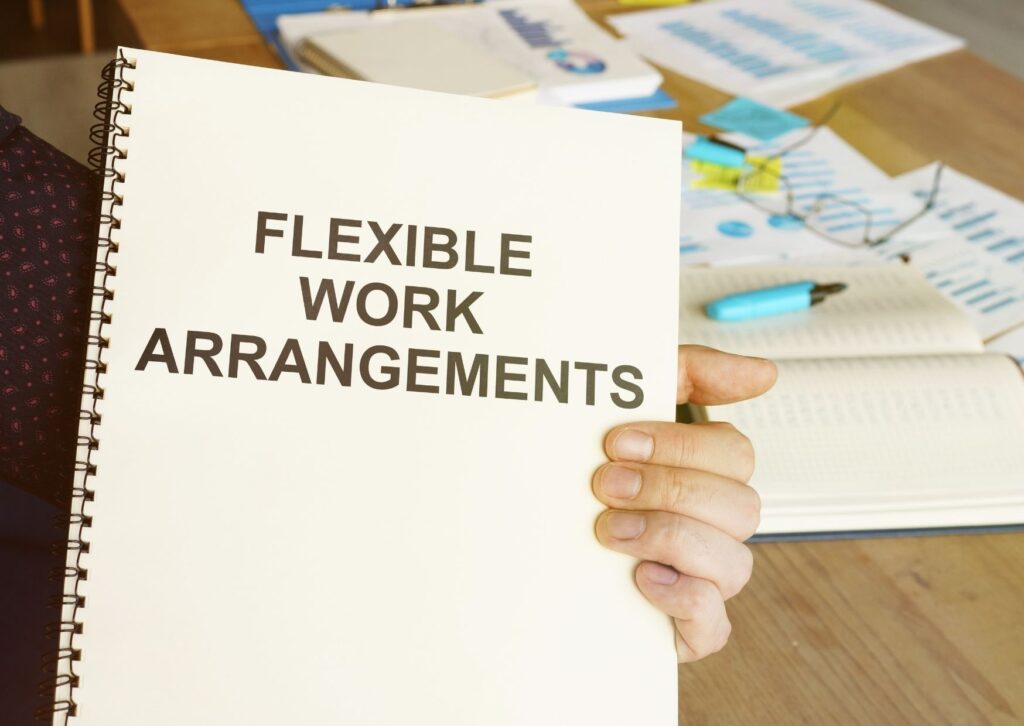
8. Delegate When Necessary
Understand that you don’t need to do everything yourself.
Delegate tasks when possible, both at work and home.
9. Stay Organised
Keeping your workspace tidy, managing your calendar effectively, and setting daily goals can help reduce stress and improve efficiency.

10. Practice Self-Care
Prioritise activities that rejuvenate you, be it meditation, exercise, hobbies, or simply getting adequate sleep.
Self-care is crucial for mental and physical wellbeing.
11. Seek Support
Talk to your employer if you feel overwhelmed.
They might offer solutions or resources to help.
Additionally, consider seeking support from colleagues, friends, family, or professionals.

Achieving work-life balance is a continuous journey, not a destination.
It requires regular reflection, adjustments, and a commitment to one’s wellbeing.
By implementing these steps and staying attuned to your needs, you can navigate the challenges and enjoy a fulfilling, balanced life.
How Employers Can Create a Healthy Work-Life Balance for Employees
Creating a work environment that promotes a healthy work-life balance is not just beneficial for employees but also for the overall success and reputation of a company.
Employers play a pivotal role in shaping this balance. Here’s how they can foster a culture that values both work and personal life:
Flexible Work Schedules
Allow employees the flexibility to adjust their work hours.
This could mean starting and ending their day at different times or even compressing their workweek.
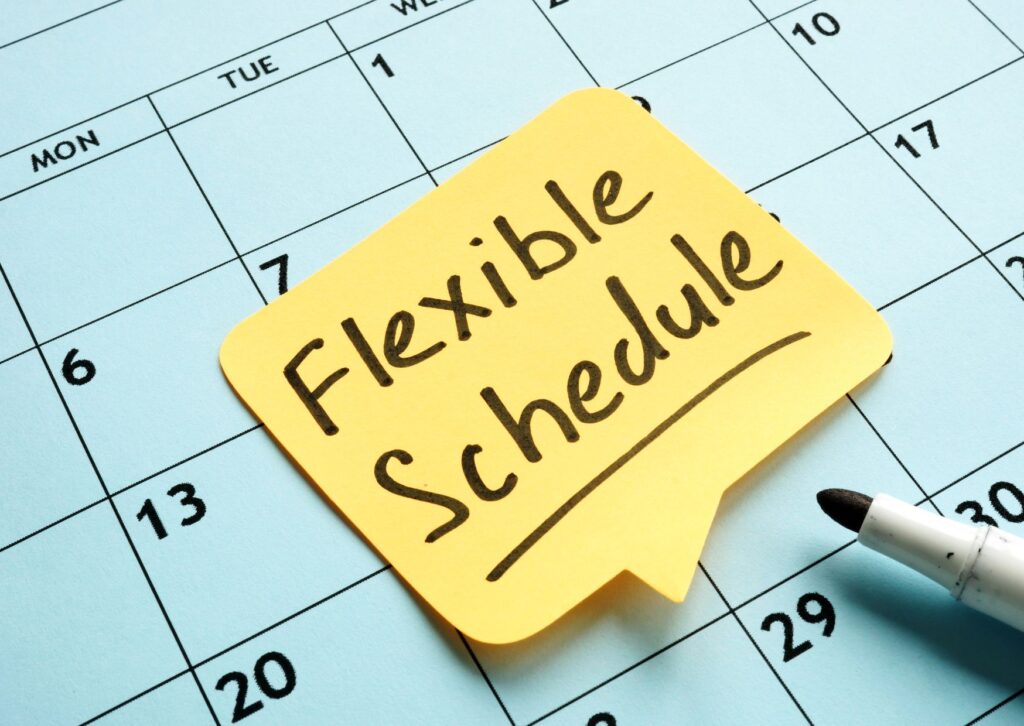
Remote Work Opportunities
With the rise of digital tools, many jobs can be done from anywhere.
Offering remote work options can significantly improve work-life balance for employees.
Provide Wellness Programs
Offer programs that focus on mental and physical health.
This could involve providing wellbeing workshops and training, meditation sessions, fitness memberships, or stress management techniques.

Encourage Time Off
Ensure that employees take their entitled days off work.
Periodic breaks can help rejuvenate the mind and body, leading to increased productivity upon return.
Limit After-Hours Communication
Avoid sending emails or making work calls outside of regular work hours unless it’s an emergency.
Respect employees’ personal time.

Set Clear Expectations
Clearly communicate job roles, responsibilities, and expectations.
This helps employees manage their time and reduces the anxiety of unclear tasks.
Promote a Positive Work Environment
A supportive and positive work environment can reduce stress.
Encourage team collaboration, open communication, and regular feedback.

Offer Professional Development
Provide opportunities for employees to grow and learn.
This not only aids in personal development but also ensures they don’t feel stagnant in their roles.
Recognise and Reward
Acknowledge employees’ efforts and achievements.
Recognition can be a significant morale booster and reinforces the importance of work-life balance.

Provide Resources and Tools
Equip employees with tools and resources to manage their tasks efficiently.
This could be in the form of time management apps, training sessions, or even ergonomic office equipment.
Encourage Breaks
Promote the idea of taking short, regular breaks during the workday.
This can help refresh the mind and reduce the risk of burnout.
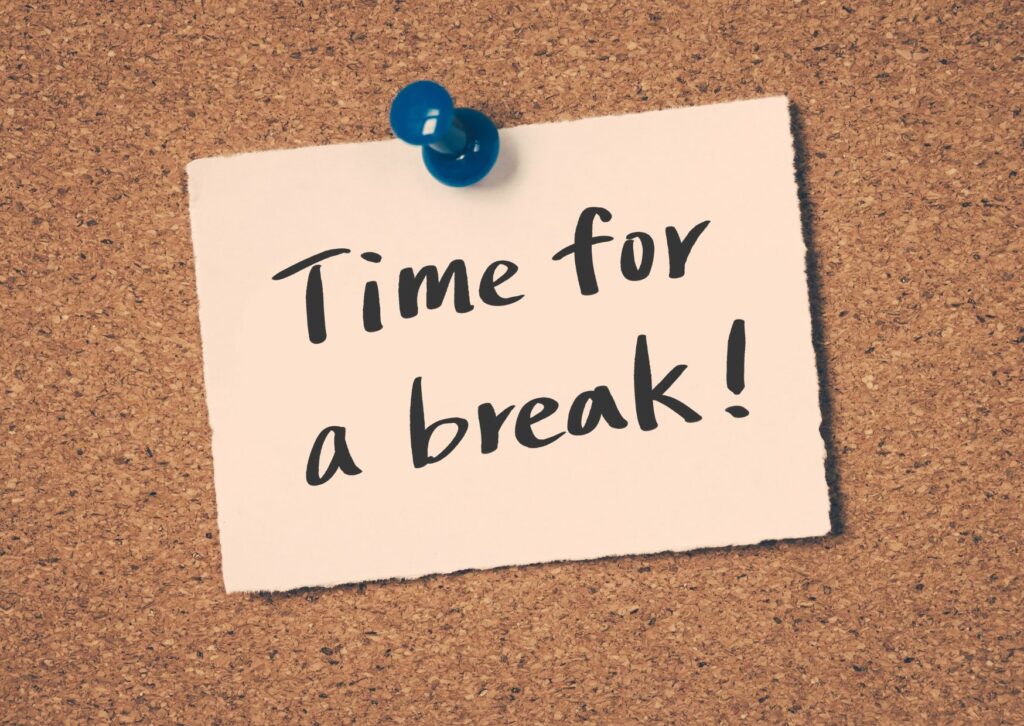
Open Dialogue
Create an environment where employees feel comfortable discussing their work-life balance challenges.
Regular check-ins or surveys can provide insights into areas of improvement.
By taking these steps, employers not only show that they value their employees’ wellbeing but also position their company as a desirable place to work.
A healthy work-life balance leads to happier employees, and in turn, a more productive and successful organisation.
The Role of Management in Promoting Work-Life Balance
Management plays a crucial role in setting the tone and culture of an organisation.
Their attitudes, behaviours, and policies can significantly influence how employees perceive and achieve work-life balance.
Here’s how management can actively promote a balanced work-life environment:
Lead by Example
Managers should embody the work-life balance they wish to see in their teams.
By setting boundaries, taking time off, and respecting personal time, they set a precedent for the rest of the team.
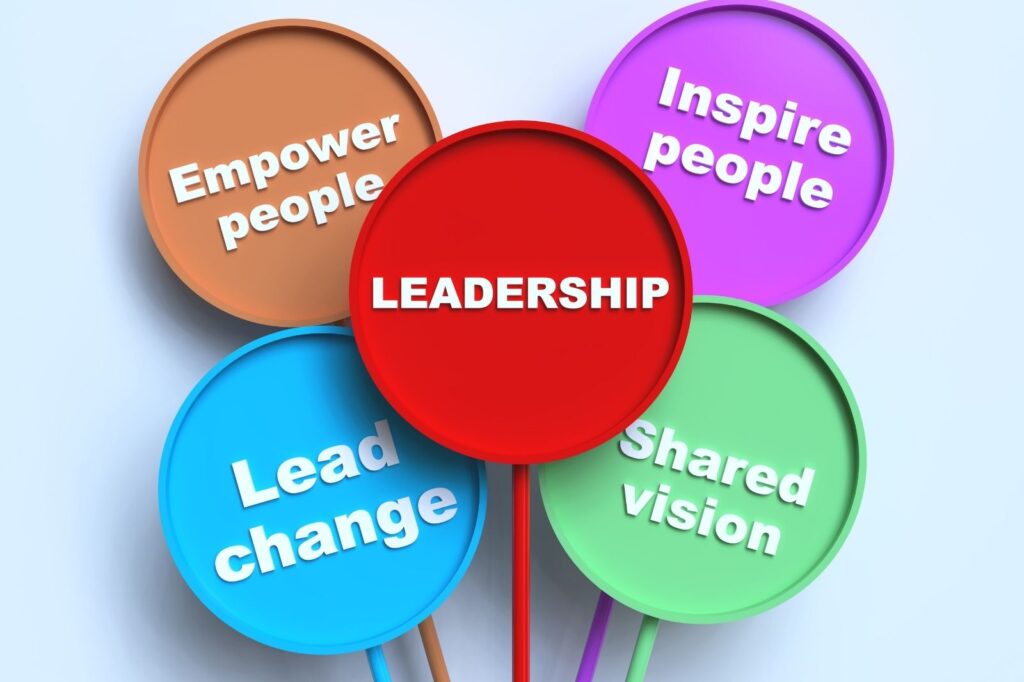
Open Communication
Encourage employees to voice their needs, concerns, and challenges related to work-life balance.
An open dialogue can lead to tailored solutions that benefit both the individual and the organisation.
Provide Training
Offer training sessions on time management, stress reduction, and productivity.
Equip managers with the skills to recognise signs of burnout or imbalance in their teams.

Flexible Policies
Implement and promote policies that allow for flexible work hours, remote work, and other arrangements that cater to diverse needs.
Regular Check-ins
Conduct regular one-on-one meetings to understand employees’ workloads, challenges, and personal commitments.
This proactive approach can help address issues before they escalate.
Encourage Time Off
Managers should actively encourage team members to take their entitled breaks, vacations, or personal days.
This not only helps in rejuvenation but also signals the importance of personal time.
Acknowledge Efforts
Recognise and appreciate employees who maintain a good work-life balance and contribute positively to the team.
This can motivate others to follow suit.

Set Realistic Expectations
While it’s essential to meet business goals, setting unrealistic expectations can lead to undue stress and burnout.
Managers should ensure that workloads are manageable and deadlines are achievable.
Promote Team Building
Organise team activities that aren’t work-related.
This fosters a sense of community, reduces work-related stress, and allows employees to connect on a personal level.
Feedback and Adaptation
Continuously gather feedback on work-life balance initiatives and be willing to adapt.
What works for one team or individual might not work for another.

In essence, management’s role in promoting work-life balance is about setting the right example, creating supportive policies, and ensuring open communication.
By prioritising the wellbeing of employees, management not only enhances individual lives but also contributes to a more productive, engaged, and loyal workforce.
Tools and Resources to Support Work-Life Balance
In the digital age, there are lots of tools and resources available to help individuals and organisations achieve a better work-life balance.
These tools can assist in managing time, reducing stress, and ensuring that both work and personal life get the attention they deserve.
Here’s a curated list:
Time Management Apps
Trello: A visual task management tool that helps in organizing tasks, setting deadlines, and collaborating with teams.
Todoist: A to-do list app that allows users to prioritize tasks, set reminders, and categorise activities.

Calendar and Scheduling Tools
Google Calendar: A widely-used calendar tool that integrates with other apps and allows for shared calendars.
Calendly: Simplifies the process of scheduling meetings by allowing others to book available slots.
Mindfulness and Meditation Apps
Headspace: Offers guided meditations to reduce stress, improve focus, and promote better sleep.
Calm: Provides meditation techniques, sleep stories, and breathing exercises.

Distraction Blockers
Focus@Will: Provides background music designed to improve concentration.
Forest: An app that discourages smartphone use by allowing users to plant virtual trees that grow when the phone isn’t in use.
Mental Health Platforms
BetterHelp: Connects users with licensed therapists for online counselling.
Talkspace: Offers online therapy with professional counsellors.

Physical Wellness Apps
MyFitnessPal: Helps track diet, exercise, and offers nutrition insights.
Minute Workout: Provides quick workout routines for those with tight schedules.
Digital Detox Tools
Offtime: Helps users unplug by blocking distracting apps and calls.
Flipd: Encourages digital detox by locking certain phone apps for set periods.
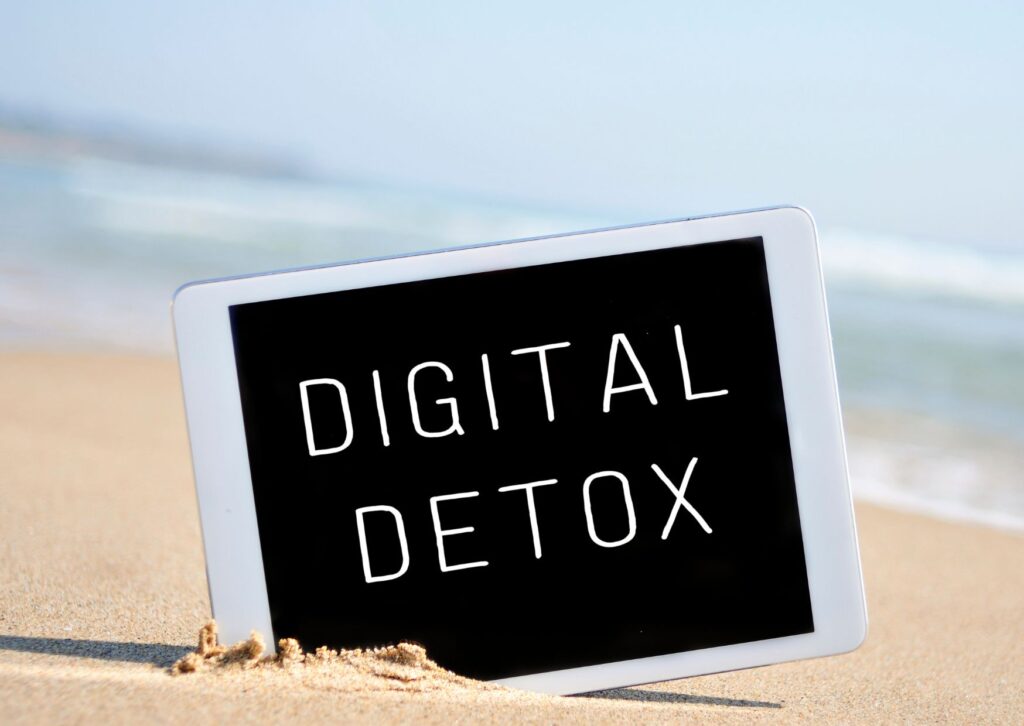
Incorporating these tools and resources can significantly enhance work-life balance.
While they offer valuable support, it’s essential to remember that achieving a balanced life also requires self-awareness, setting boundaries, and continuous effort.
These tools are aids on the journey, not solutions in themselves.
Finding the right work-life balance for employees is a bit like mastering a dance—sometimes you lead, sometimes you follow, but the rhythm has to be just right.
We’ve dived deep into the ins and outs of it all, and it’s clear that this balance isn’t just a “nice-to-have”, it’s essential.
With the right tools and mindset, we can all find that sweet spot where work feels rewarding and personal time feels rejuvenating.
Here’s to creating the balance that works for you and your organisation.
Author
Tyler Lowe – Health & Wellbeing Speaker
BSc Sport & Exercise Rehabilitation


